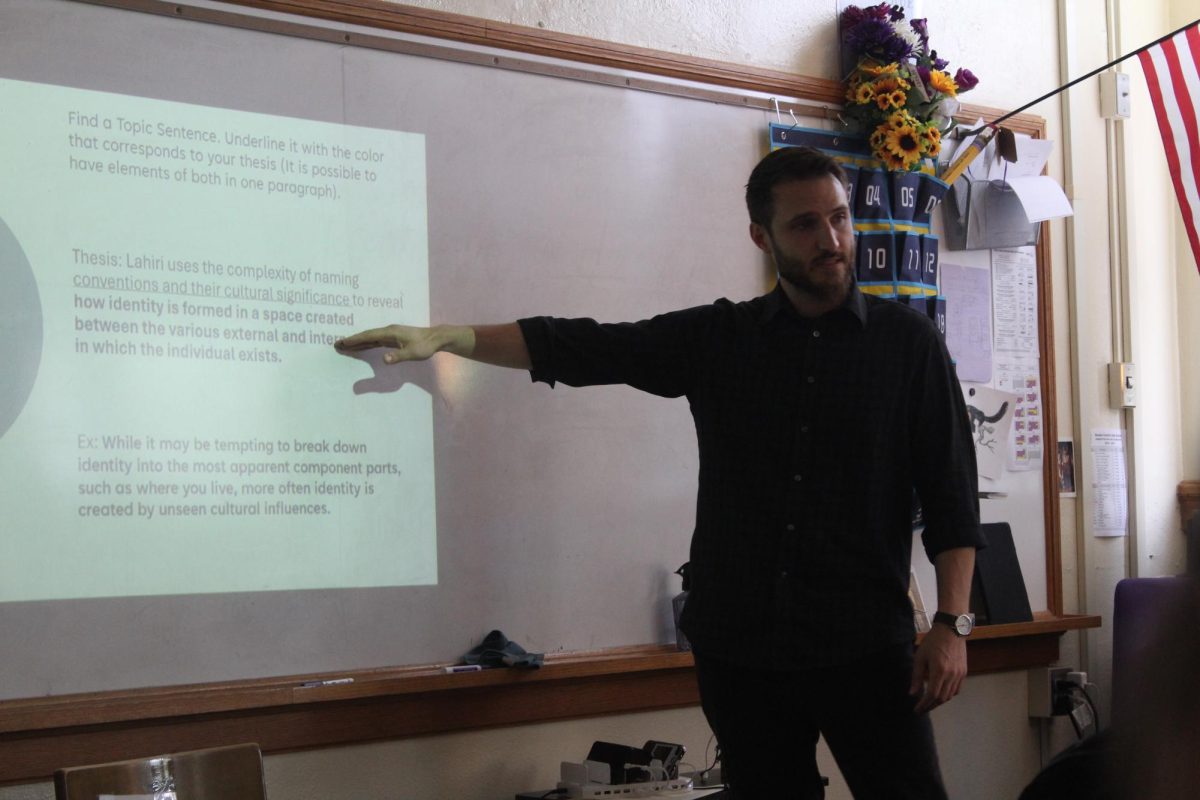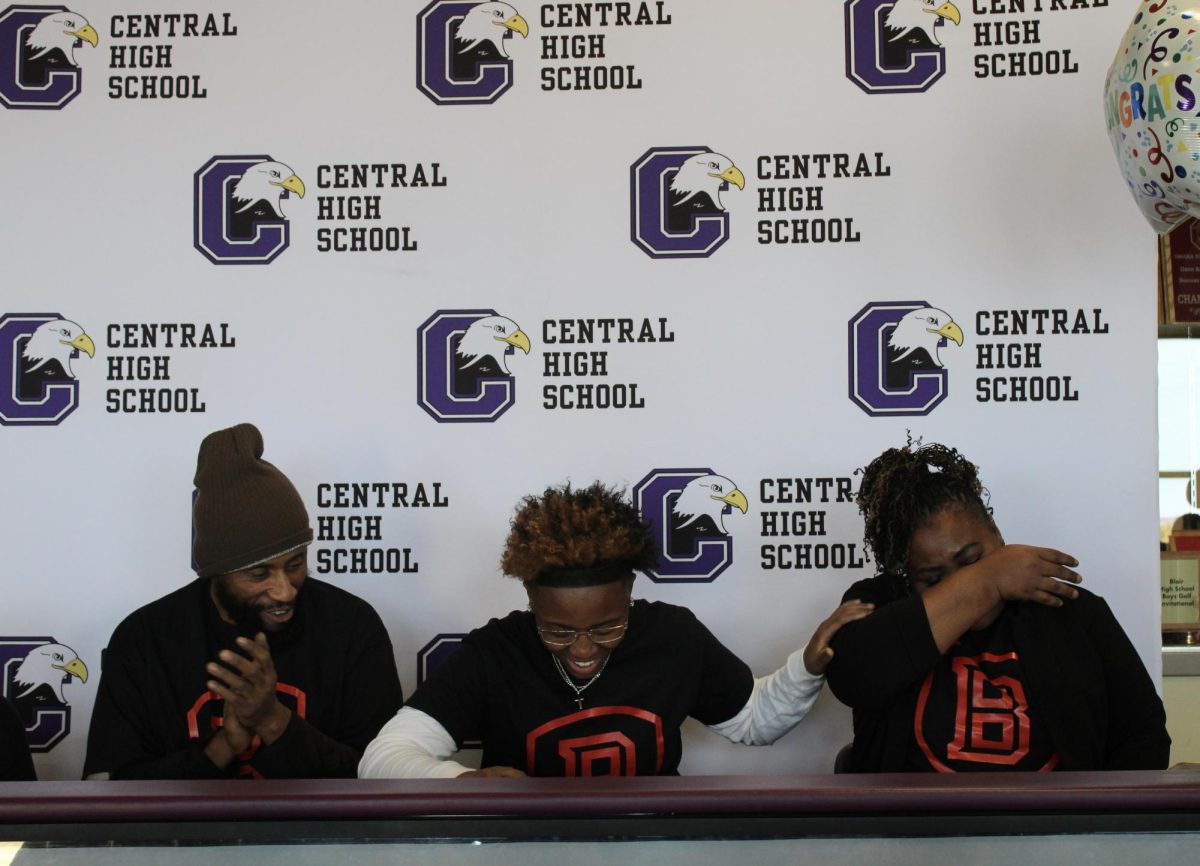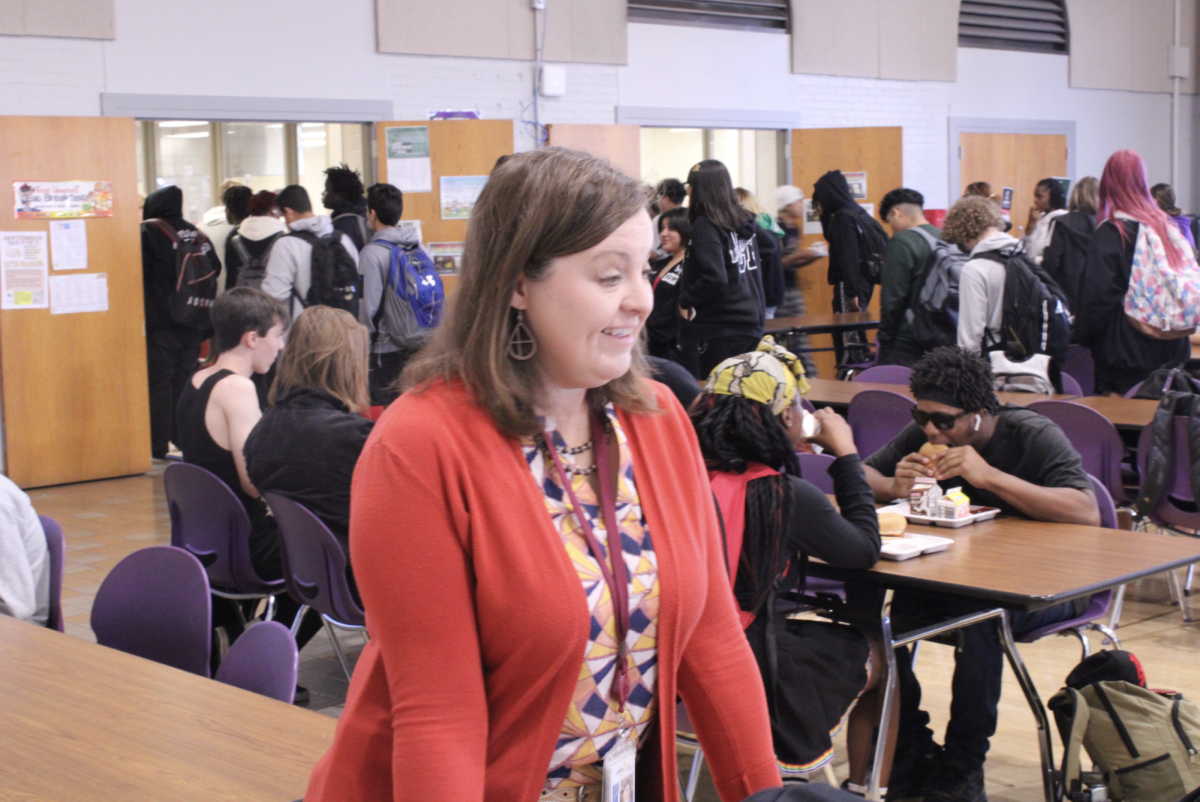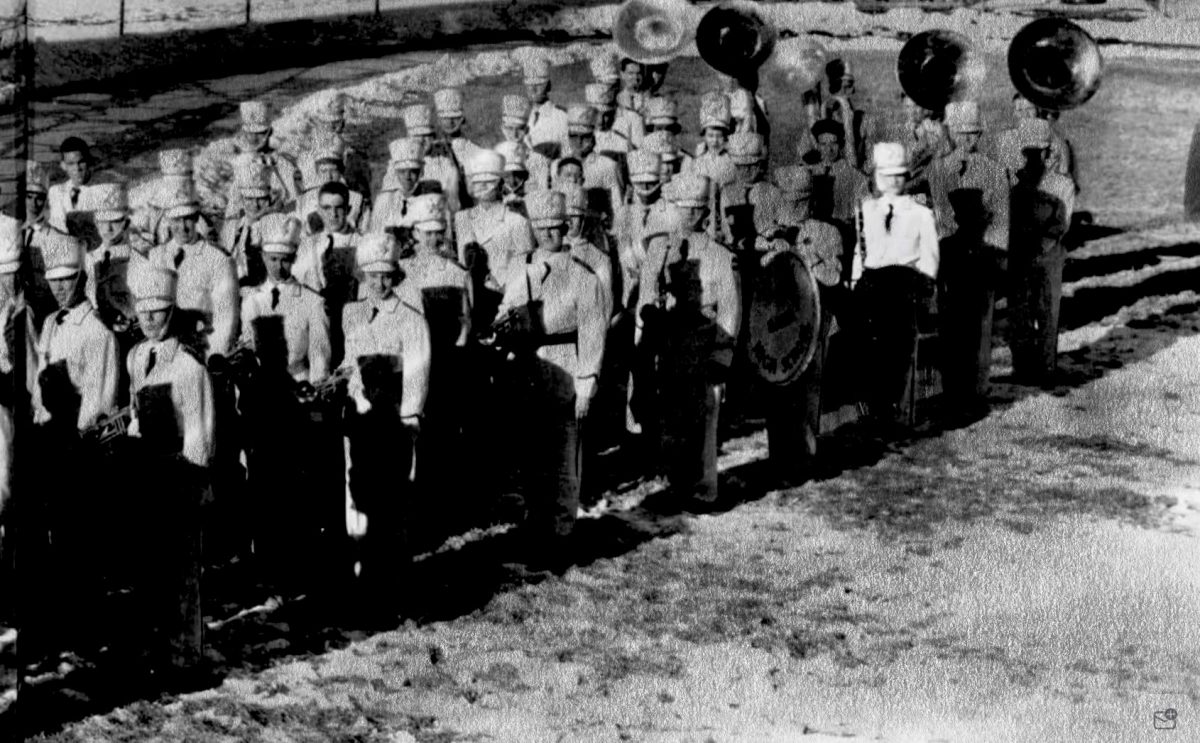Central is switching to a block schedule next year-What’s going to be different?
March 5, 2021
For the 2021-2022 school year, Central is switching from their standard nine-period to a new style of block scheduling. The TAC building hasn’t released many details on how the new schedule will work, but it will most likely be similar to other high schools in the district. Most middle schools in OPS have some sort of block scheduling, so the change in class structure shouldn’t be that big of a change for younger students.
How will the new schedule work?
For how it’ll specifically work, the only information confirmed about the new schedule is that lunch will now be built into the third block each day. There will be three 25-minute lunch periods during the third block. A student will either be in the first, second, or third group for lunch, which is very similar to how lunch functions now.
One of the biggest tradeoffs is that lunch won’t actually be its own period. With the nine-period schedule, if a student has a period for lunch, then they have 44 minutes to eat and talk with their friends. Or they could forgo a lunch period entirely in favor of taking another class. This won’t be an option for students next year, as they will always have those 25 minutes for lunch.
For the number of blocks in the day, that’s still unknown, but it’s very likely there will be four, as that’s the amount of blocks Burke has per day. They also have their lunch period during the third block of the day, so it makes sense on a few levels. With four periods a day, that means there will be a total of eight classes over the course of two days.
The times of each class will most likely differ (probably not by that much, though) from Burke’s schedule because the length of our lunch is shorter than theirs, and Burke has one more period for lunch than Central. Then, according to Burke’s schedule, first block still starts at 7:40 AM, but ends at 9:18 AM. It’s also safe to assume that passing periods will remain five minutes long, as that’s the passing period length at Burke.
The second block would then start at 9:23 AM, lasting until 11:04 AM. Third block would start at 11:09, but because of the three lunch periods, would run to 1:28 PM. The final period of the day would then start at 1:33 PM and finish at 3:05 PM. The schedule would repeat itself for the following day. It’s still uncertain if students will have the same lunch period for both days, though. Students at Burke can, for example, have lunch during the second period one day, then have it during the fourth on the next day. Central is used to having students go to lunch during the same period every day, so it should be interesting to see what TAC has planned.
What are the benefits and drawbacks to both schedules?
Valur Jaksha – a freshman here at Central – when asked if he likes the nine-period day or block scheduling better, said, “I did block scheduling in middle school, but it’s easier to communicate with my teachers when I have their class every day. It provides a better learning experience [than block scheduling] because if you have a class every other day, a teacher might not be able to get to you since they can be wrapped up in other classes.”
Besides Jaksha’s reason for preferring Central’s current schedule over the one he had in middle school, there are plenty of other reasons one could prefer to have their classes every day. One of those reasons is the shorter classes. It’s hard for some students to pay attention if their class continuously drags on. A 44-minute period is just enough time to get a lesson finished or a paper written, but short enough to not feel like it takes up too much of your day.
On the other hand, having shorter classes means less overall time to work through any new material, even if the class doesn’t feel that long. As Jaksha put it, “This can lead to a period that feels very restricting. You have just enough time to finish a lesson, but not enough time to process it.” This is where longer classes come in. With only four periods a day, each period will feel much longer, but that extra time can also help students understand the lesson easier.
Probably the biggest benefit of block scheduling is all the extra time to finish homework. As Burke freshman Davis Farley put it, “Since a block schedule has longer times, we get more work time in class.” He offered another example, saying that “there is a day between each class to do homework.” Having an extra day between classes is arguably the biggest benefit to switching to a block schedule, because most can agree that having another entire day to get work done is extremely helpful.
Even if you were a fan of the nine-period schedule, Central is still going to be the same school. It’s still going to be the historic landmark it’s always been. It’s still going to be a great place to learn, grow, and meet new people. The only difference is going to be when you go to your classes.













